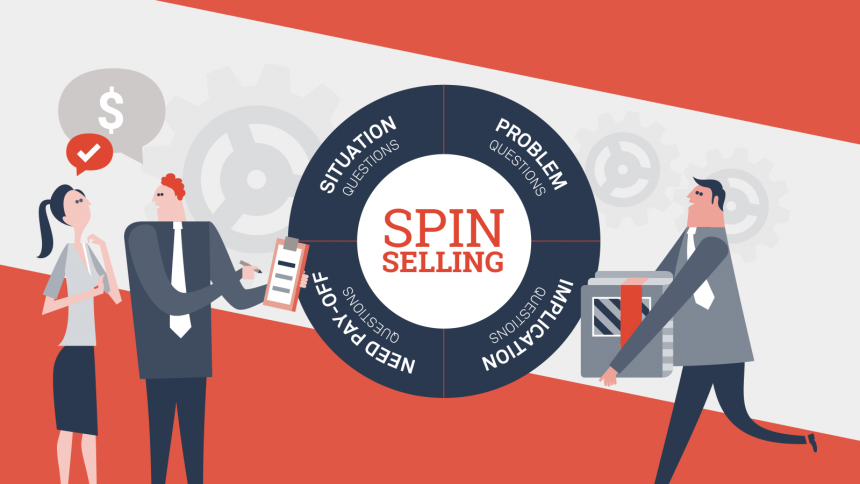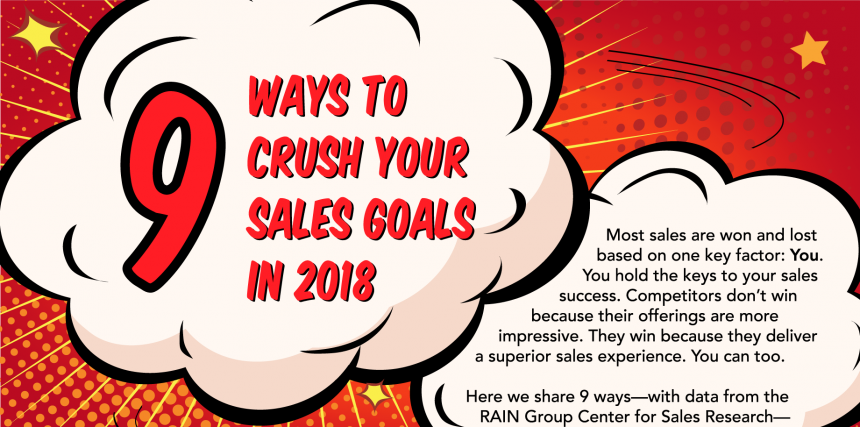Sales managers have a very important, yet ever-changing, job. Along with the B2B buying process, responsibilities of sales managers are constantly shifting. The sales world as a whole is changing, too. This can be difficult to keep up with. In order for sales managers to truly thrive and succeed in this constantly evolving environment, it’s important to think differently.
Territories, customers, and products become a financial portfolio that gets regularly invested in. The people, money, and allocation of time and resources need to be reviewed and reallocated in order to ensure everything works like a well-oiled machine, and resources are being used most effectively. Sellers operate differently, and it’s vital to the preservation of a company and a sales staff that sales managers operate differently as well.
Tom Searcy explores key sales manager insights and discusses the most important responsibilities for sales managers.
Here are Sales Managers 7 responsibilities that you own now.

Here are the 7 responsibilities of sales managers:
- Selecting target: Sales managers need to help guide their sales team to the most successful candidates.
- Defining priorities: Prioritizing which opportunities to pursue is crucial!
- Defining guidelines: Set and enforce guidelines in order to make your team the most efficient, and utilize their strengths to the best of their abilities.
- Monitoring compliance: Provide important data that helps your sales team understand their compliance statistics
- Navigating the terrain: Use your sales team to help you gather new information
- Securing resources: Ensure that your sales team has what they need in order to maximize potential by providing sufficient resources
- Knowing when (and when not) to expedite: Know how to direct your team towards either the normal sales process or an expedited one
To learn more about how to keep up with the ever-changing sales managerial world, check out more articles by Tom Searcy, including 7 Key Responsibilities of Sales Managers, and 4 Small Changes For Big Selling Success. SalesPOP! Has a wealth of information and insights on being a sales manager. You can get access to these insights by reading articles such as What Makes a Good Sales Manager Great?, and A Sales Manager’s Recipe: What’s Cooking in 2018?.















